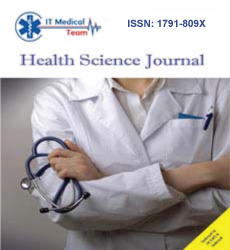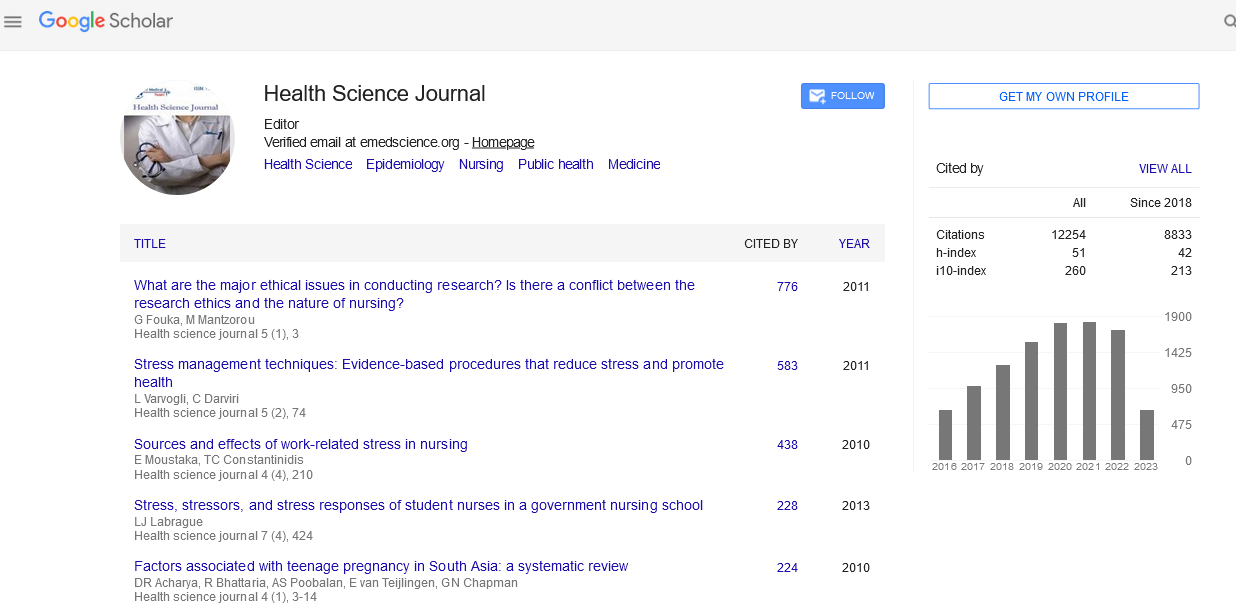Abstract
The intricate relationship between infectious diseases and immunology remains pivotal in addressing global health challenges. This article delves into the latest advancements in understanding immune mechanisms, emerging pathogens, and the development of innovative treatments and vaccines. Emphasis is placed on integrating immunological insights to combat antimicrobial resistance, enhance pandemic preparedness, and foster interdisciplinary collaboration. By exploring these aspects, the paper highlights pathways to fortify global health frameworks and tackle future infectious threats.
Keywords
Infectious Diseases; Immunology; Immune Response; Antimicrobial Resistance; Vaccine Innovation; Global Health; Pandemics
Introduction
Infectious diseases are a persistent global health concern [1], accounting for significant mortality and morbidity. Immunology, as the science of the immune system, offers critical insights into how our bodies interact with pathogens [2]. Recent outbreaks, such as COVID-19, have underscored the need for deeper integration of immunological research into infectious disease management. This article explores how advancements in immunology are shaping our understanding and response to infectious diseases. From immune system mechanisms to innovative therapeutic approaches, we focus on the interplay between these disciplines and their collective impact on public health [3].
Understanding Immune Mechanisms
Host-Pathogen Interactions
Host-pathogen interactions refer to the complex and dynamic relationships between a host organism (such as humans or animals) and the pathogens (bacteria, viruses, fungi [4], or parasites) that infect it. These interactions are a critical aspect of disease development, as they determine the outcome of the infection, whether the host can mount an effective immune response, or whether the pathogen successfully evades these defenses to cause disease. The interaction is typically a tug-of-war, where the host’s immune system tries to eliminate the pathogen, while the pathogen evolves mechanisms to counteract or evade the host's immune responses. This ongoing battle often leads to the development of specific adaptations in both the host and the pathogen. Understanding host-pathogen interactions is essential for developing effective treatments, vaccines, and therapeutic strategies against infectious diseases [5].
Immune Evasion by Pathogens
Immune evasion by pathogens refers to the various strategies employed by microorganisms to avoid detection and destruction by the host's immune system [16]. Pathogens have evolved sophisticated mechanisms to subvert immune responses, allowing them to persist within the host and cause infection. These strategies can include the alteration of pathogen surface antigens to prevent recognition by immune cells, the secretion of proteins that inhibit immune cell activation or signaling, and the ability to hide within host cells or tissues, making them less accessible to immune surveillance. Additionally, some pathogens can directly target and weaken specific components of the immune system, such as immune cells or antibodies, further enhancing their survival [7]. Immune evasion is a major challenge in infectious disease treatment and vaccine development, as it complicates the host’s ability to mount an effective immune response and leads to chronic or recurring infections.
Emerging Threats in Infectious Diseases
Zoonotic Diseases and Spillover Events
Zoonotic diseases are infectious diseases that are transmitted from animals to humans, posing significant public health risks globally. These diseases arise when pathogens, such as viruses, bacteria, or parasites, jump from animal hosts to human populations, often leading to outbreaks or pandemics. Spillover events, which refer to the process by which zoonotic diseases cross the species barrier, can occur in various ways, including through direct contact with animals [8], consumption of animal products, or vectors like mosquitoes. Environmental changes, such as deforestation, urbanization, and climate change, can increase the frequency of spillover events by disrupting ecosystems and bringing humans into closer contact with wildlife. Historically, zoonotic diseases like HIV, Ebola, and more recently, COVID-19, have demonstrated the potential for widespread human transmission, underscoring the importance of monitoring and controlling such diseases at their source. Efforts to predict and prevent spillover events require interdisciplinary approaches, including wildlife surveillance, improved public health systems, and international collaboration, to mitigate the risks posed by emerging infectious diseases [9].
Antimicrobial Resistance (AMR)
The rise of AMR poses a major challenge to treating bacterial infections. Immune-based interventions, including bacteriophage therapy and immunomodulators, offer promising alternatives to traditional antibiotics.
Advances in Therapeutics and Vaccinology
mRNA Technology
The success of mRNA vaccines during the COVID-19 pandemic demonstrates their potential for rapid and adaptable vaccine development [10].
Monoclonal Antibodies
Monoclonal antibodies provide targeted treatments for infectious diseases, with applications ranging from neutralizing viral infections to mitigating inflammation.
Host-Directed Therapies
Targeting host pathways, such as cytokine modulation, offers innovative strategies for treating diseases like tuberculosis and sepsis.
Diagnostics and Pandemic Preparedness
Rapid Diagnostics
Technologies like CRISPR-based diagnostics enable quick and accurate detection of pathogens, essential for early intervention during outbreaks.
Global Health Collaboration
Strengthening international cooperation in research and resource sharing is vital to prepare for future pandemics.
Conclusion
The integration of immunology into infectious disease research has unlocked new avenues for understanding and combating global health threats. By prioritizing innovation in vaccines, therapeutics, and diagnostics, and fostering interdisciplinary collaboration, we can enhance our resilience against infectious diseases. Continued investment in research and infrastructure is essential for a healthier and safer future.





